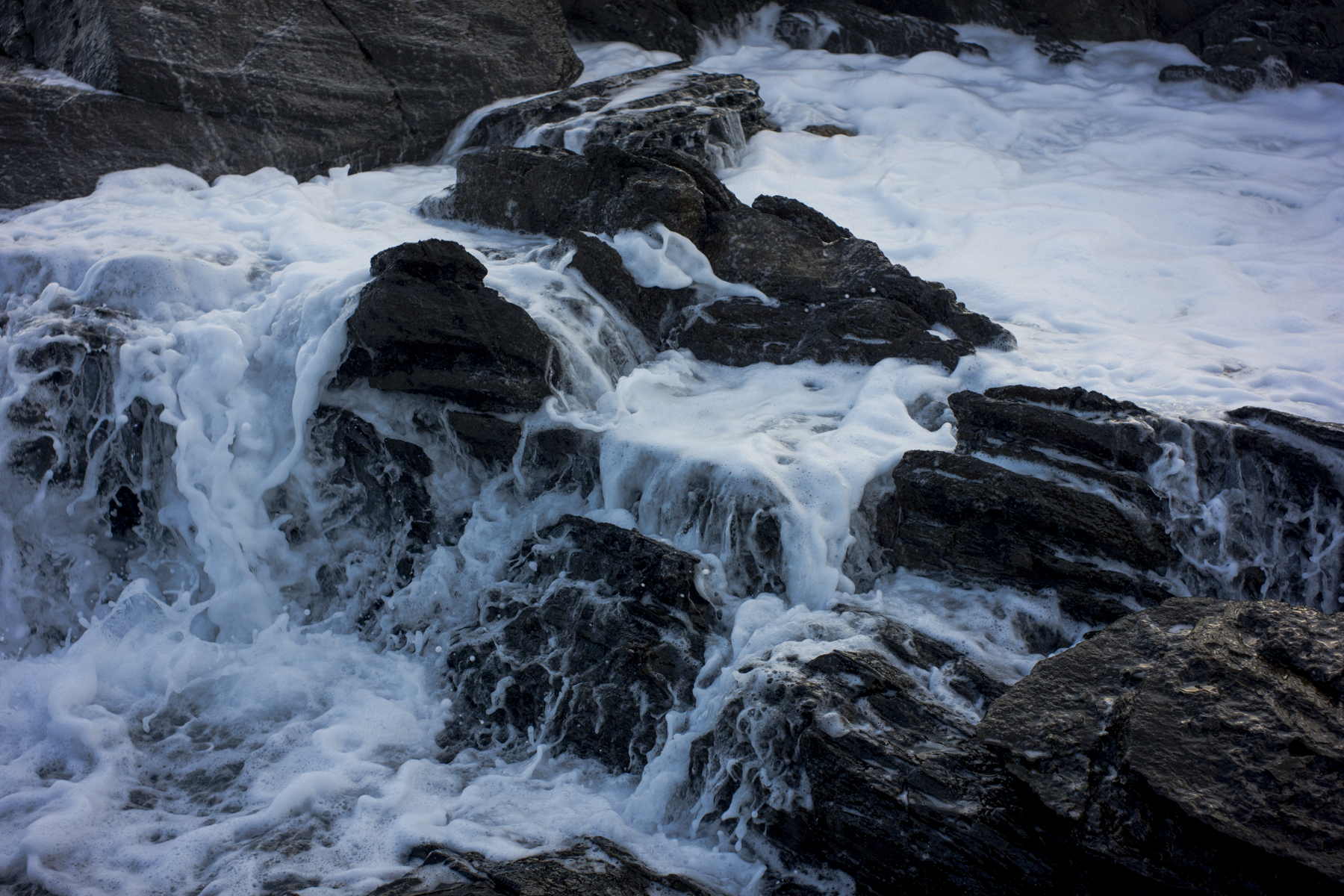As Ari and I wander around the CBD I cannot help but noticing how lively the city of Adelaide is becoming as a result of the state Labor government and the Adelaide City Council’s attempts to make the CBD a more vibrant place to live.
So it is with some dismay that I read the two Liberal candidates for Lord Mayor–Mark Hamilton and Michael Henningsen— are intent on rolling back the gains because we have lost our pride in Adelaide.

Between them these two candidates want more cars in the city; they want to do away with bike and bus lanes; they are opposed to high rise apartments; see the attempts to make the CBD a more vibrant place (eg., the upgrade to Victoria Square) as flawed and self-indulgent; and they want to return council to refocus on repairing the streets i.e. to focus on the traditional roads, rates and rubbish.




